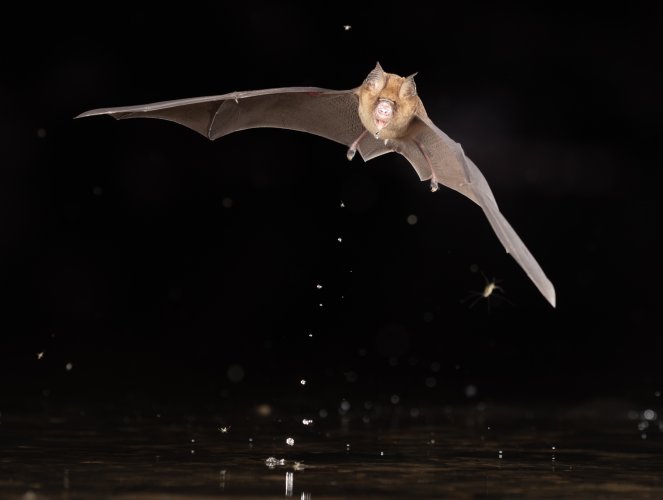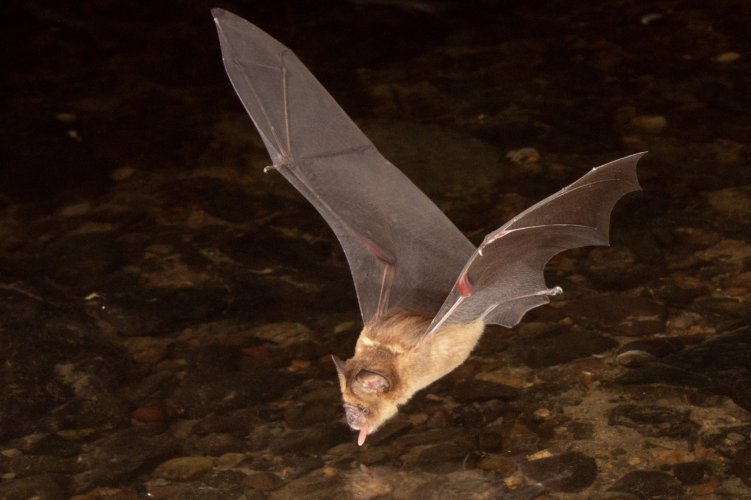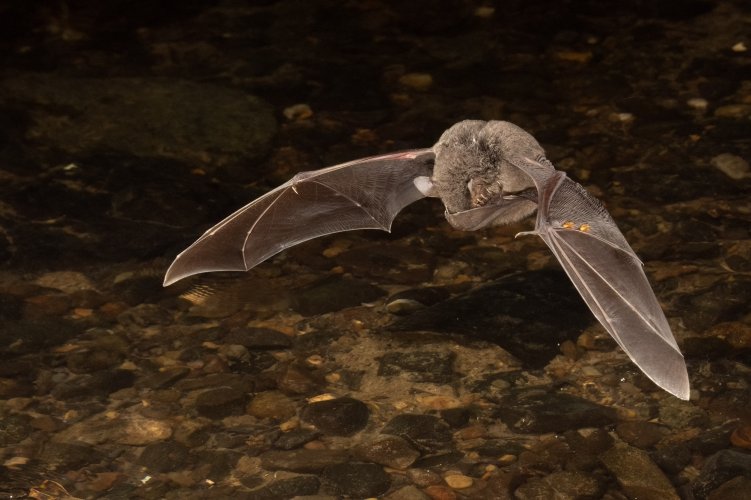CharlesMFrancis
Member
- Post score: 31
- #1
Recently spent some time photographing bats around Gomantong Caves in Sabah, Malaysia.
Here are a few highlights of bats flying back into the cave in the early morning, just before dawn.
For those who are keen on bats, a larger collection can be found here: https://charles-francis.smugmug.com/Sabah-Wildllife/Gomantong-Bats-2024
Creagh's Horseshoe Bat flying into the cave.

Another Creagh's Horseshoe Bat banking tightly as it came around the corner

Two coming in together -- amazingly both were in focus

A Philippine Horseshoe Bat with an amazing large noseleaf.

Another Philippjne Horseshoe Bat

Here are a few highlights of bats flying back into the cave in the early morning, just before dawn.
For those who are keen on bats, a larger collection can be found here: https://charles-francis.smugmug.com/Sabah-Wildllife/Gomantong-Bats-2024
Creagh's Horseshoe Bat flying into the cave.
You can only see EXIF info for this image if you are logged in.
Another Creagh's Horseshoe Bat banking tightly as it came around the corner
You can only see EXIF info for this image if you are logged in.
Two coming in together -- amazingly both were in focus
You can only see EXIF info for this image if you are logged in.
A Philippine Horseshoe Bat with an amazing large noseleaf.
You can only see EXIF info for this image if you are logged in.
Another Philippjne Horseshoe Bat
You can only see EXIF info for this image if you are logged in.




